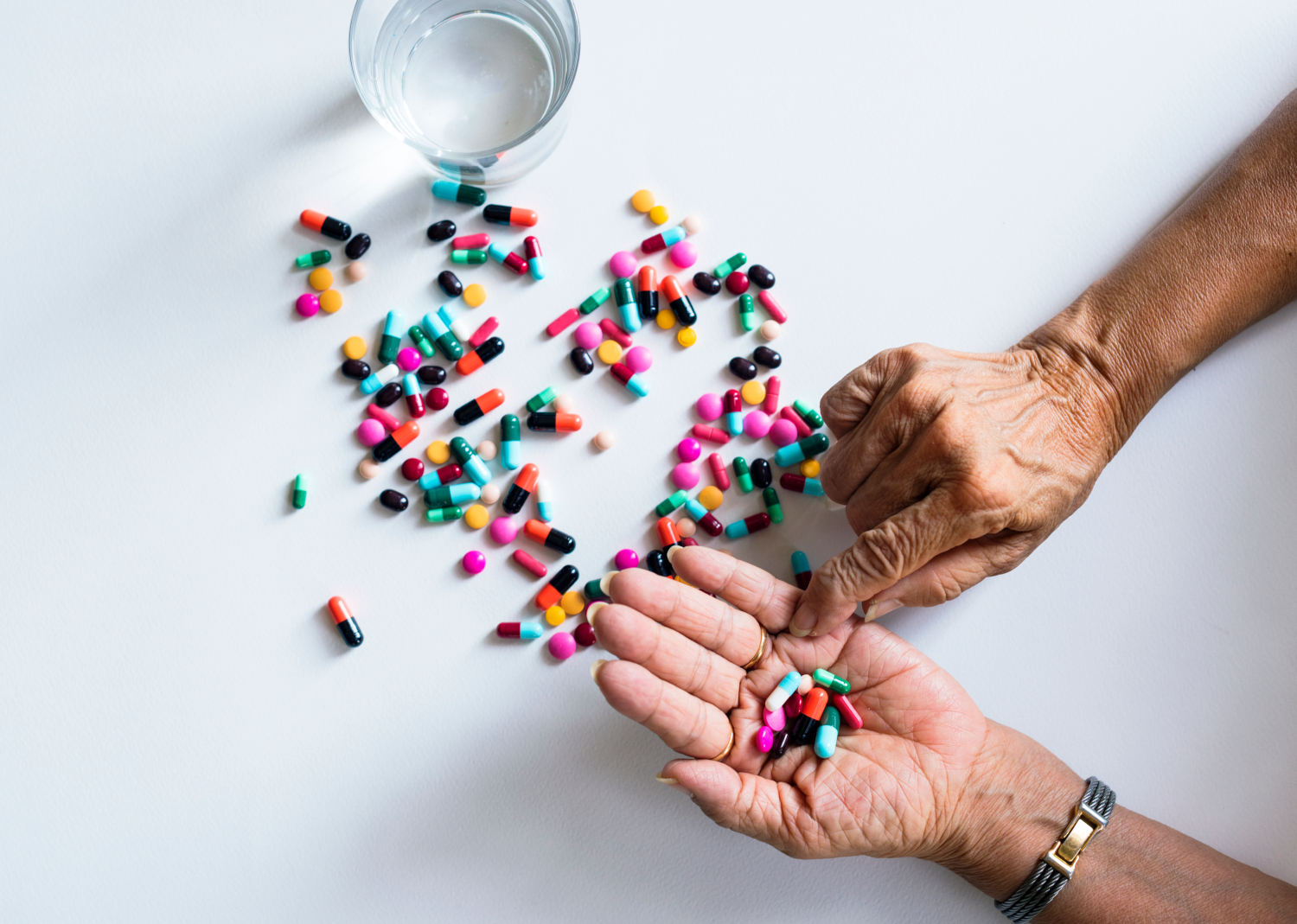What are Nitazenes?
Drug addictions are continuously evolving, and a new life-threatening substance has emerged: Nitazenes. This drug is gripping communities worldwide, and understanding its effects on individuals and society is crucial. Nitazenes addiction, characterized by quick and potentially lethal consequences, has prompted urgent calls for action from medical professionals and policymakers.
Nitazenes and Drug Addiction
Drug addiction, or substance use disorder, is a chronic disease characterized by the compulsive and uncontrollable use of a substance despite adverse consequences. Key signs of drug addiction include:
- Persistent craving for the drug
- Inability to control usage
- Continued use despite negative impacts on one’s life
Symptoms of drug addiction often involve escalating tolerance, where larger doses are needed to achieve the desired effect, and withdrawal symptoms such as nausea, shaking, anxiety, and depression when the substance is not used. This condition can severely disrupt an individual’s health, relationships, and responsibilities at work or school.
Nitazenes have sparked significant concerns due to their dangerous potency and the increasing cases of addiction. Derived from benzodiazepine compounds, Nitazenes have similar pharmacological effects to traditional sedatives but are much more potent and dangerous.
Identifying Nitazenes Addiction
Recognizing the signs of drug addiction, especially in the context of Nitazenes abuse, is crucial for seeking support. Symptoms of Nitazenes addiction may include:
- Heightened sedation
- Cognitive impairment
- Depression
These symptoms require urgent attention and intervention strategies to address the risks associated with Nitazenes addiction.
The Risks Associated with Nitazenes
Nitazenes are highly potent and have a rapid onset of action and extended duration of effects, leading to physical and psychological dependence. The signs of Nitazenes addiction include:
- Escalating tolerance
- Withdrawal symptoms upon cessation
- Relentless preoccupation with obtaining and using the drug
These symptoms highlight the urgent need for drug intervention and support services to combat the pressing crisis of Nitazenes addiction. By promoting education, having open conversations, and advocating for effective intervention strategies, communities can mitigate the dangers posed by this addiction.
Statistics and Mortality Rates
Nitazenes are recognized as a deadly threat, evidenced by alarming statistics and mortality rates. The rise in emergency room visits and toxicology reports underscores the severity of this issue. Here are some critical facts and statistics:
- Since 2023, there have been over 200 Nitazenes overdose deaths in Europe and the United States.
- Nitazenes abuse is not uniform, with certain regions experiencing higher prevalence. For example, the West Midlands reported 17 deaths since June 2023, followed by the East of England with 9.
Nitazenes are associated with a higher risk of fatal overdoses due to their potency. These statistics emphasize the urgent need for effective harm-reduction measures.
Addressing Nitazenes Addiction in South Africa
Recognizing and Responding to the Crisis
Family members can play a crucial role in recognizing and responding to Nitazenes addiction. Here are steps to take:
- Identify Symptoms: Be aware of signs such as heightened sedation, cognitive impairment, and relentless preoccupation with the drug.
- Encourage Professional Help: Prompt your loved one to seek professional counseling or medical assistance.
- Create a Supportive Environment: Foster a safe and understanding home environment to reduce stressors and provide emotional support.
- Educate Yourself: Stay informed about Nitazenes and other emerging drugs to better understand the risks and necessary interventions.
Community and Government Action
In South Africa, coordinated efforts from communities and the government are essential to address Nitazenes addiction effectively:
- Public Awareness Campaigns: Raise awareness about the dangers of Nitazenes through media, schools, and community centers.
- Training for Medical Professionals: Equip healthcare providers with the knowledge and skills to identify and treat Nitazenes addiction.
- Support Services: Expand access to support services, including counseling and rehabilitation programs, tailored to the needs of individuals struggling with addiction.
Promoting Harm Reduction
Implementing harm reduction strategies is critical in mitigating the impact of Nitazenes addiction:
- Naloxone Distribution: Increase availability of naloxone, a medication that can reverse opioid overdoses.
- Safe Consumption Spaces: Establish safe spaces where individuals can use substances under medical supervision to reduce the risk of overdose.
- Education on Safe Practices: Provide education on safer practices for those who continue to use substances to minimize harm.
Nitazenes pose a significant threat to health and safety in South Africa and globally. Understanding the risks and recognizing the signs of addiction are essential for effective intervention. By fostering supportive environments, promoting public awareness, and implementing harm reduction strategies, communities can combat the dangers of Nitazenes and support individuals on the path to recovery.




